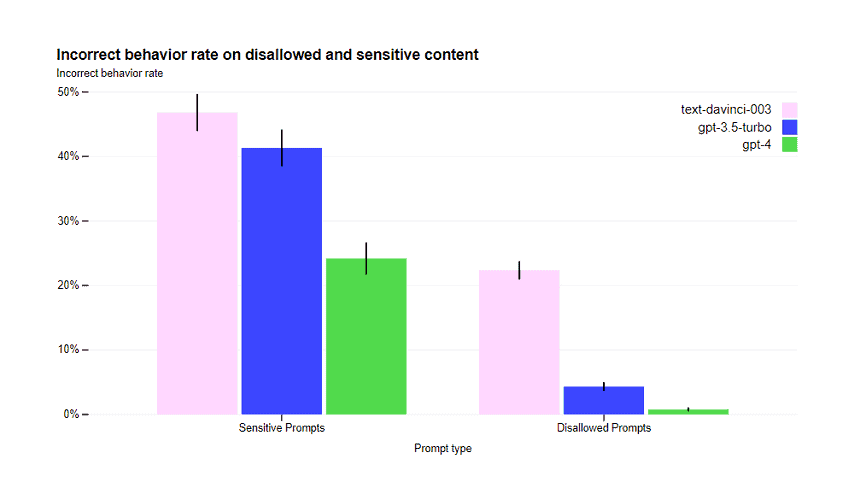OpenAI recently introduced the successor to its popular generative AI model GPT-3.5: GPT-4. According to the developer, the latest version of this intelligent AI model offers truly human-like performance and accepts both text and image input.
The developer of generative AI models says it has delivered its most powerful AI model ever with the successor to GPT-3.5. Although Open AI does not go into the technical details of the AI model, such as its architecture, the data it was trained on and what hardware it runs on, GPT-4 is now expected to offer “human-like” performance. What is known, however, is that GPT-4 runs on Microsoft Azure infrastructure.
More reliable and nuanced
According to OpenAI, the model is more reliable than predecessor GPT-3.5 and better able to answer search queries in a more nuanced way. In addition, the input of both text and images now makes it possible to generate detailed descriptions and answer queries based on the content of an image.
GPT-4 has been tested for this performance, including interactions with various US benchmarks and (school) exams, including the US Bar exam for lawyers.
Deficiencies
For reliability, GPT-4 was subjected to robust stress tests. From these, the AI model developer unfortunately did conclude that the AI model still presents some limitations compared to older models. Among other things, GPT-4 is not fully reliable at this time because it suffers from “hallucinations. In addition, the model has a limited context window and does not yet learn from experience.
The developers also noted that the model generates potentially harmful biased content, such as advice for planning attacks, developing biological weapons or hate speech. It may also generate code that is compromised from the start or contains vulnerabilities. Users should therefore be careful when using GPT-4 for sensitive issues and/or activities.
Initial applications
Despite these dangerous shortcomings, OpenAI has worked with partners to develop the first applications and applications that employ the new powerful generative AI model. These include integration into the language learning application Duolingo, a virtual online teacher for Khan Academy and a GPT-4-based chatbot for employees of merchant bank Morgan Stanley.
In addition, OpenAI is looking with partners to see if the AI model is capable of performing autonomous actions, without human input. So far, that is not the case, according to the AI developer.
Interested parties can only access GPT-4 through the AI developer’s paid ChatGPT Plus version. Microsoft additionally revealed that the new version of Bing also runs on GPT-4.

